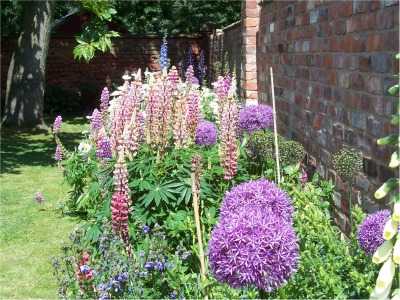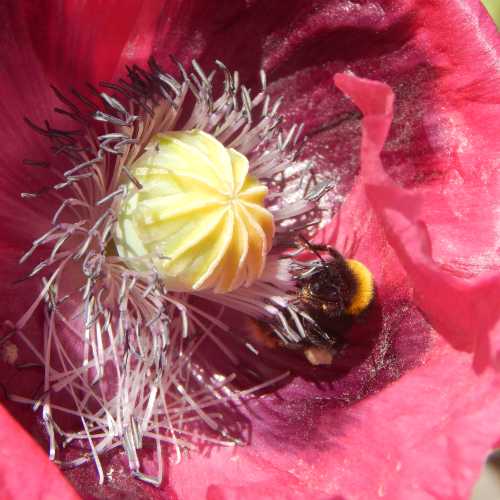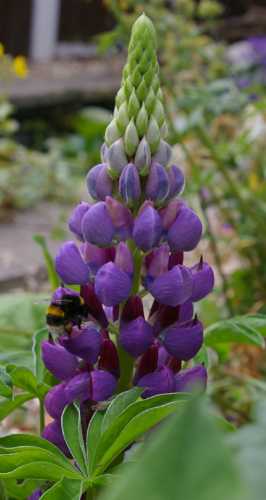Why And How Flower Pollen Is Important For Bee Health
Question:
How does flower pollen help bees stay healthy?
The short answer is:
Research shows that high protein flower pollen aids bee development, whilst consuming pollen from a variety of flowers may help bees fight infections and improve bee immunity.
The Importance Of Flower Pollen To Honey Bee Health
It is known that the availability of floral resources from which honey bees obtain their nutrition is of critical importance for the wellbeing of honey bees (for both individual bees and for larvae) and that both nectar and pollen for overall hive nutrition is of critical importance to the survival and development of honey bee colonies (1).
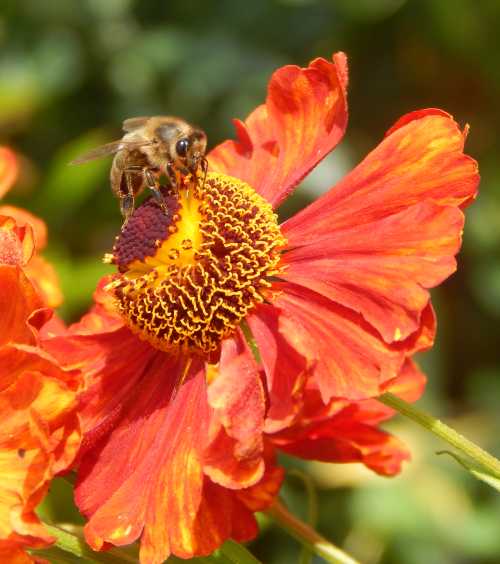
Bees gain a number of crucial protein amino
acids from pollen, as well as fats.
However, the intensification of agriculture and landscape change can affect the overall availability, quality and diversity of nectar and pollen.
So what difference do quality and diversity of pollen make to individual bee and bee colony health?
Influence of Pollen Nutrition on Honey Bee Health:
Do Pollen Quality and Diversity Matter?
Garance Di Pasquale et al (2) were interested to answer this question.
To do this they examined the effect of different pollen protein quality and pollen diversity on two aspects of honey bee and colony health:
- the physiology of young nurse bees (focusing on the hypopharyngeal gland – which is where young worker bees produce the ‘royal jelly’ that is fed to the larvae, and queen), and
- on the resistance to Nosema ceranae – a
parasite that has been very destructive to honey bee colonies.
In particular, they also examined the effect on three enzymes involved in bee health and infection defense response.
In summary, the
parameters they examined are linked directly to bee and colony health:
- creation of food for the colony – to ensure continuation and development of the colony; and
- resistance to infection – which could otherwise devastate the colony.
How flower pollen helps maintain bee health
'Our results support the idea that both the quality and diversity (in a specific context) of pollen can shape bee physiology and might help to better understand the influence of agriculture and land-use intensification on bee nutrition and health.'
- Pasquale et al
They found the following results:
- There
was greater hypopharyngeal gland development in bees that had fed on pollen
with a higher protein content;
- However, the
greater hypopharyngeal gland development was not improved by a multifloral diet.
- they found that whilst feeding on pollens with different protein content had no effect on the survival of already healthy bees (i.e. bees that were not parasitized with Nosema), nevertheless, feeding on pollens with a higher protein content does improve survival amongst
bees that are infected with Nosema – and that a multifloral diet had the
greatest benefit.
- Feeding
on higher protein pollen has a beneficial effect on the other physiological
parameters they measured – in particular, production of all the enzymes involved in bee immune
response was increased.
This suggests that consuming pollen with a higher protein content has importance in terms of infection resistance in bees.
The researchers commented:
‘We found that both nurse bee physiology and the tolerance to the parasite were affected by pollen quality. Pollen diet diversity had no effect on the nurse bee physiology and the survival of healthy bees.
However, when parasitized, bees fed with the polyfloral blend lived longer than bees fed with monofloral pollens, excepted for the protein-richest monofloral pollen.’
What this means for farmers
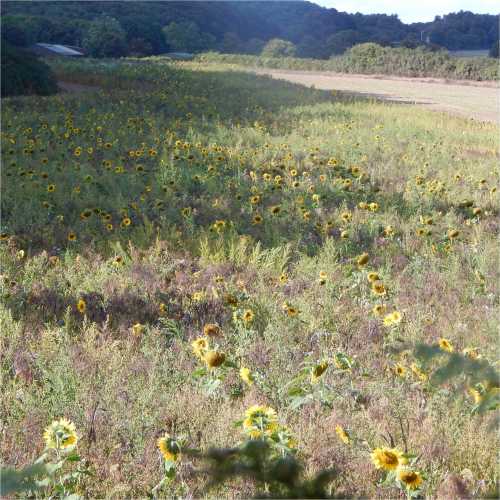 A pollinator margin around an arable field in Autumn.
A pollinator margin around an arable field in Autumn.
The authors suggest that their findings may help to explain how
agricultural intensification is damaging to the health and survival of honey
bees.
In view of the research findings, we might also consider the potential impact of intense agriculture on wild pollinators and beneficial insects.
Cutting out harmful insecticides and pesticides and swapping them for eco-friendly alternatives, and adding diverse, quality pollinator margins could greatly assist bees and other pollinators.
What this means for gardeners
The study simply provides further evidence that to help bees, it's a good idea to create a bee garden with a good range of bee-friendly flowers.
Select a range of flower shapes, provide blooms through the seasons (include a winter-flowering shrub or two if you can), and keep toxic chemicals out of the garden.
References:
1. Brodschneider, R., Crailsheim, K. Nutrition and health in honey bees. Apidologie 41, 278–294 (2010). https://doi.org/10.1051/apido/2010012
2. Di Pasquale G, Salignon M, Le Conte Y, Belzunces
LP, Decourtye A, Kretzschmar A, et al. (2013) Influence of Pollen Nutrition on
Honey Bee Health: Do Pollen Quality and Diversity Matter? PLoS ONE 8(8):
e72016. https://doi.org/10.1371/journal.pone.0072016.
If you found this page helpful or interesting, I'd really be grateful if you would share it with others - if not this page, perhaps another, such as Gardening For Bees.
Thank you so much :) .
